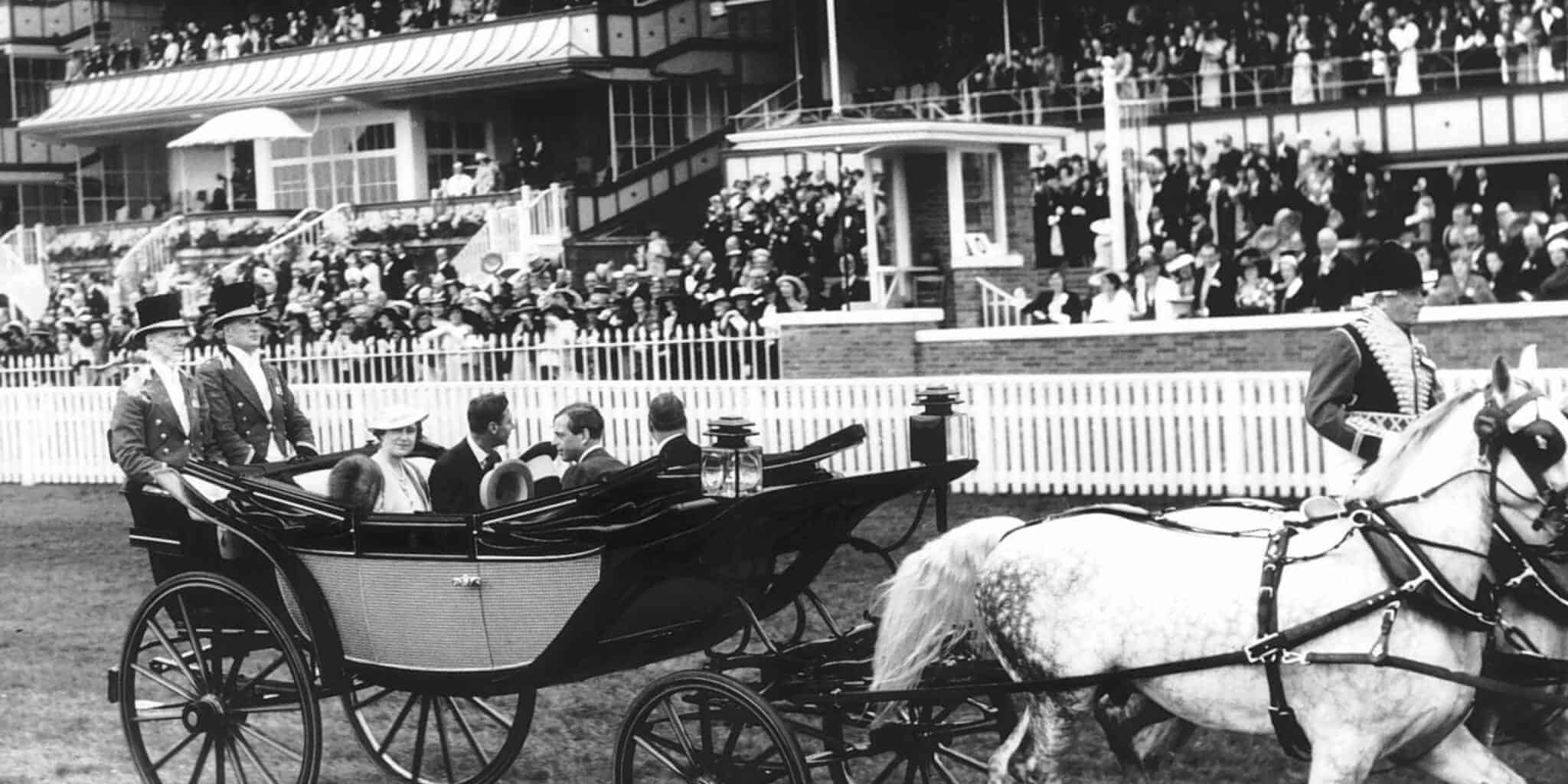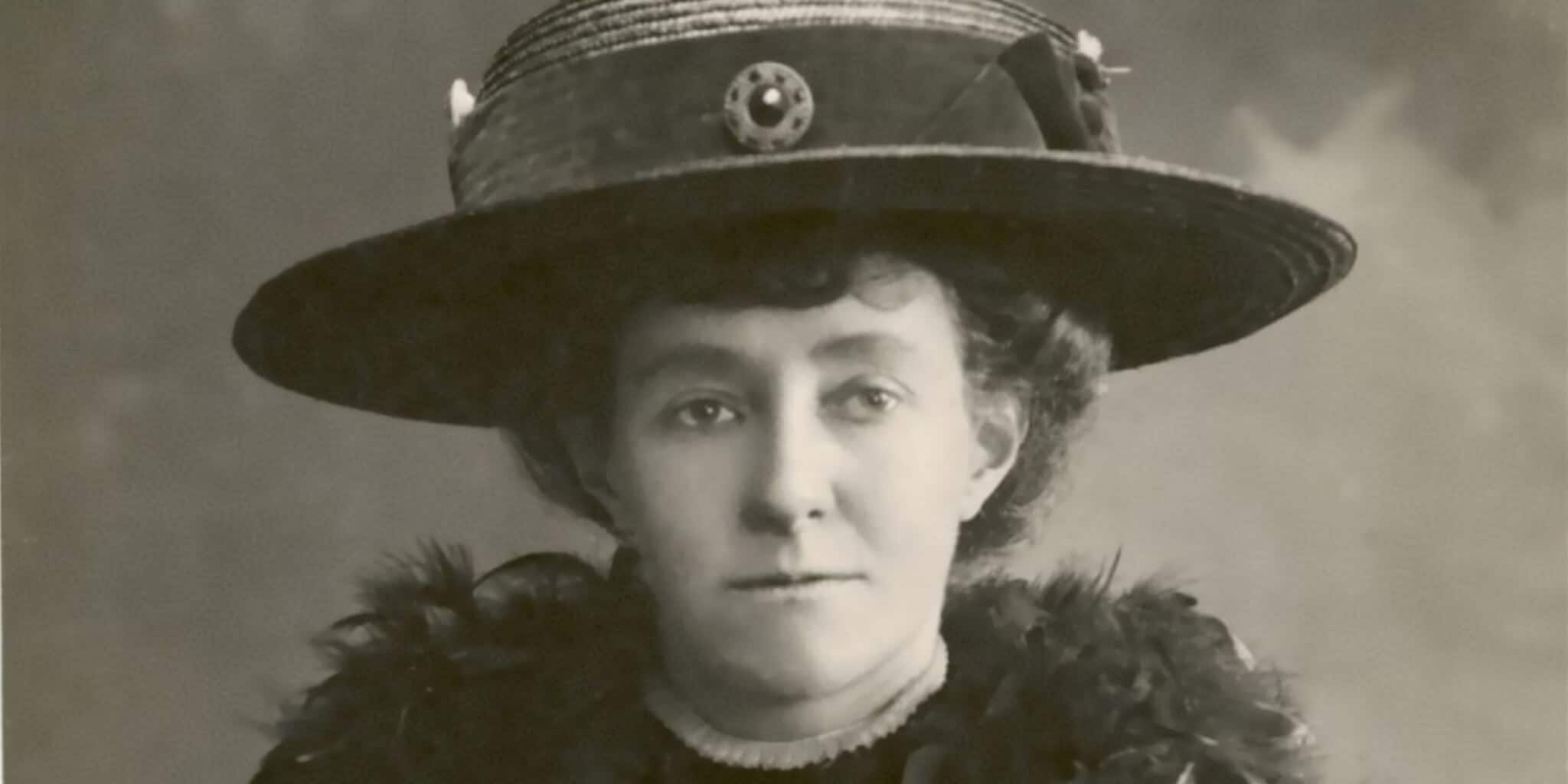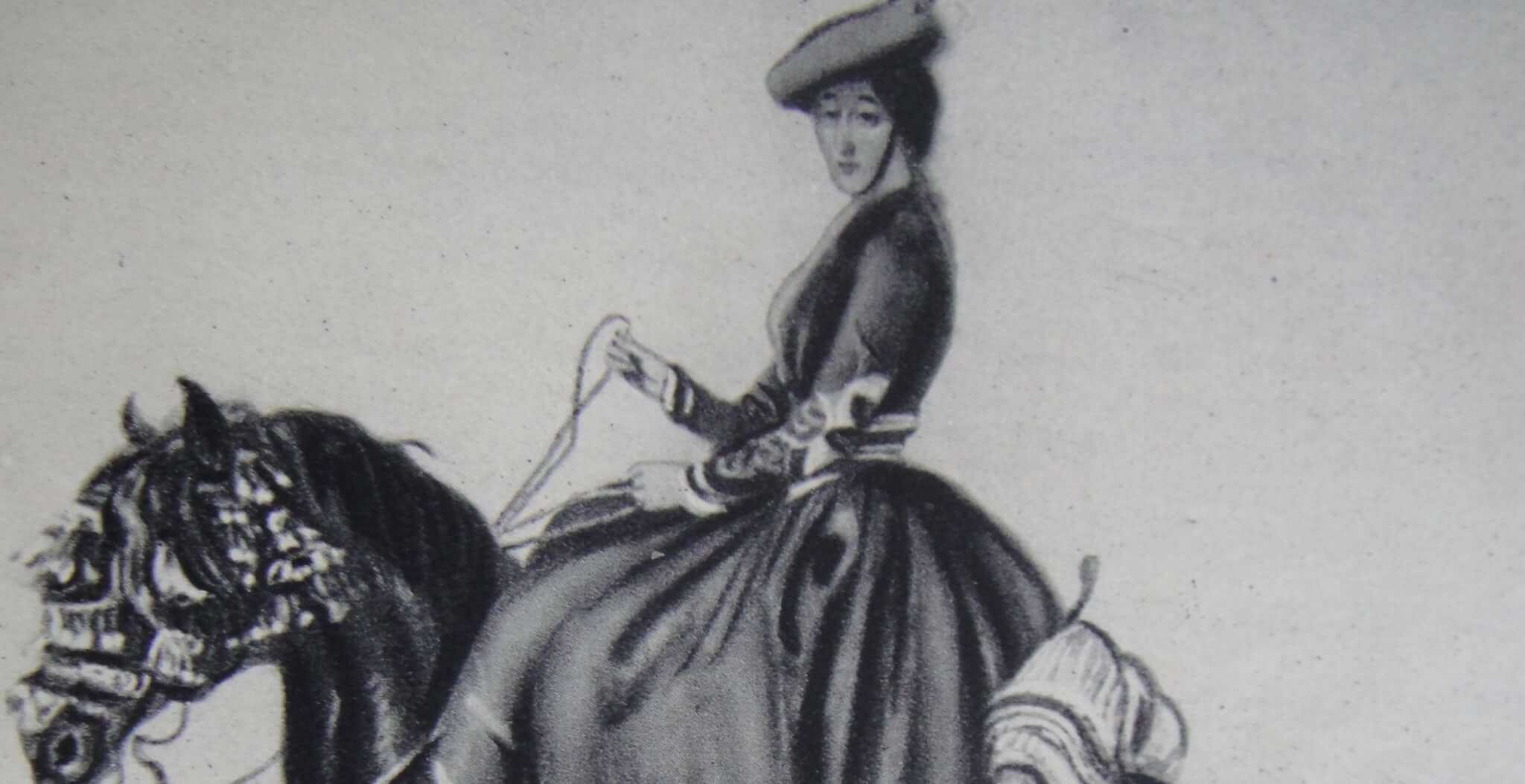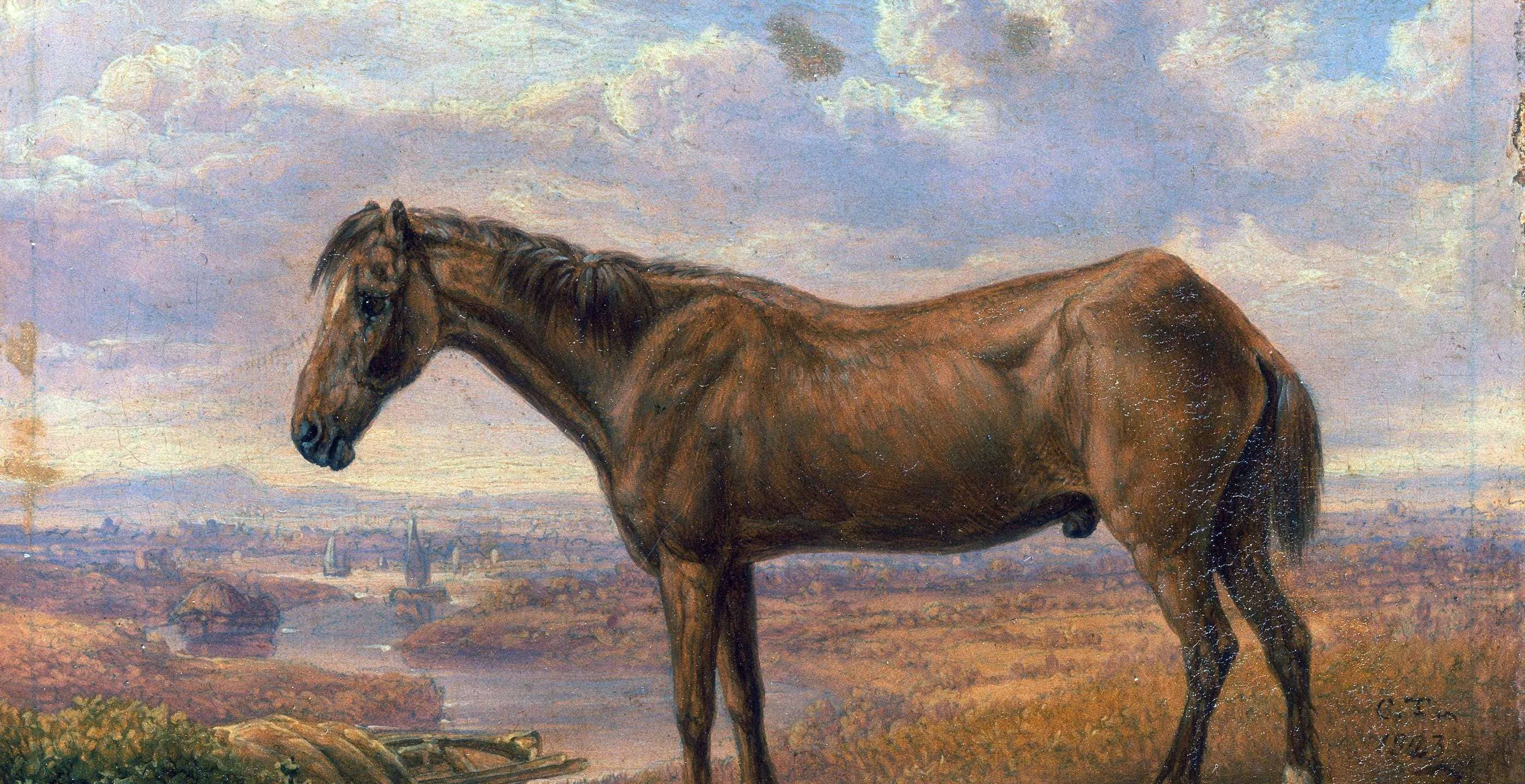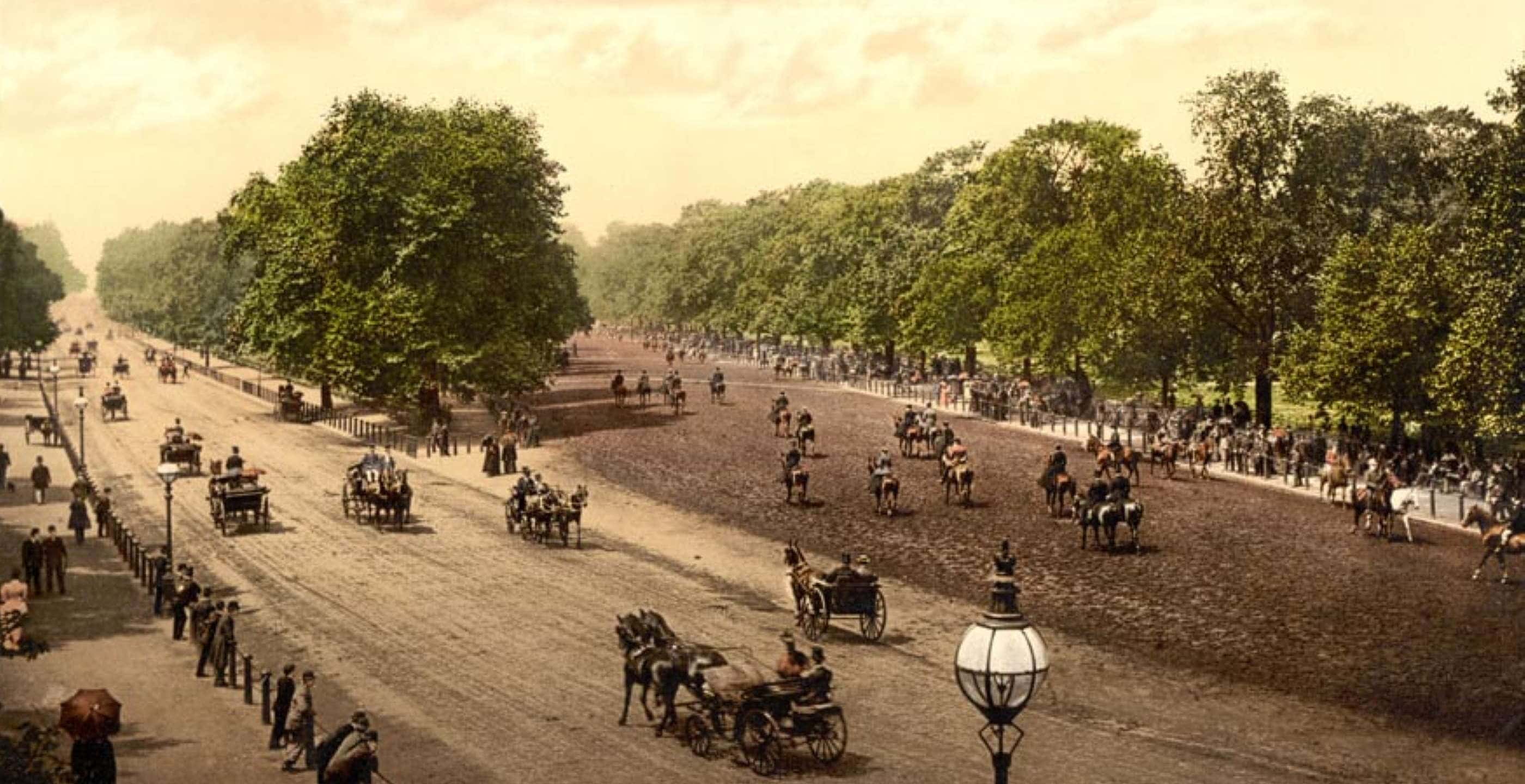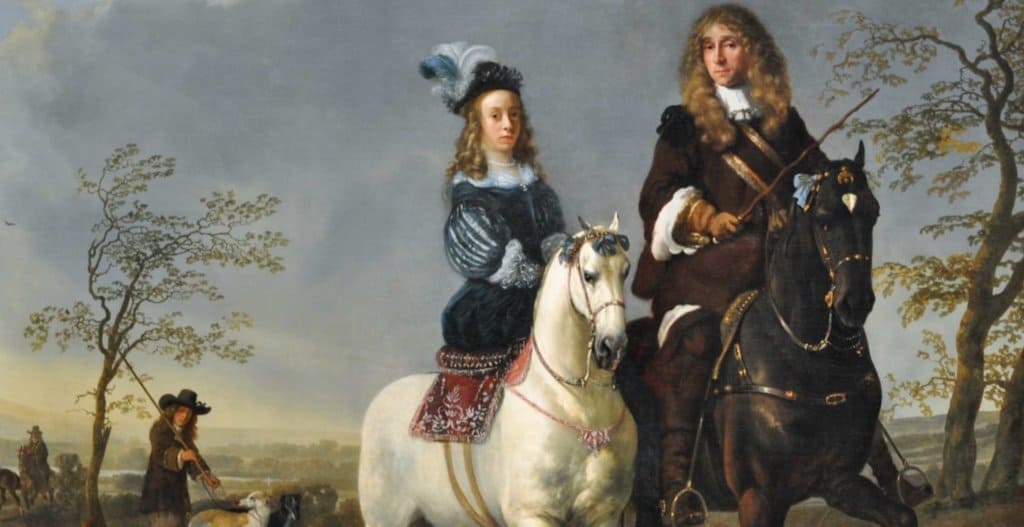Probably the most well-known British racecourse, Ascot can be found in the small town of the same name in Berkshire, England. It celebrated its 300th anniversary on 11th August 2011.
It was Queen Anne (1665 – 1714), the last monarch of the House of Stuart, who first suggested that a racecourse be introduced at Ascot. Whilst staying at the nearby Windsor Castle in 1711, Anne had been out riding when she came across a flat expanse of heathland which she thought would be perfect for racing horses.
 The Queen asked William Lowen to construct a racecourse on the site with the help of a carpenter called William Erlybrown and a painter named Benjamin Cluchett. The logistics for the racing itself were planned by John Grape.
The Queen asked William Lowen to construct a racecourse on the site with the help of a carpenter called William Erlybrown and a painter named Benjamin Cluchett. The logistics for the racing itself were planned by John Grape.
The inaugural race at the Ascot racecourse, known as ‘Her Majesty’s Plate’, took place on Saturday 11 August 1711. Made up of three individual heats which were each four miles long, completion of the original race was more about stamina than the speed we see at today’s races. Indeed, whilst today’s Ascot entrants are always swift thoroughbreds, the seven entrants of the first race were only required to be a horse, mare or gelding over the age of six, carrying a weight of 12 stone (76kg) each. The prize for the winning horse in 1711 was worth 100 guineas. Unfortunately records showing the results of the race were not kept, so the name of the winning horse of the first race at Ascot is unknown.
The Ascot races grew in popularity throughout the eighteenth century, becoming a popular fixture in the English social calendar. In 1813, the Act of Enclosure was passed by Parliament to entrust the heathland (along with Windsor Forest) into the ownership of the Crown, with the proviso that it would be retained as a racecourse for public use, stating: “which piece of Ground shall be kept and continued as a Racecourse for the Public Use at all times, as it has usually been.”
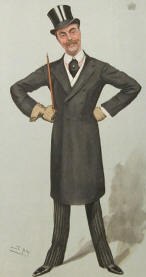 Whilst the racecourse is located on Royal land, the Monarch has always appointed a representative to run the administration of the racecourse on their behalf. This role was taken by the Master of the Royal Buckhounds until 1901 when Lord Churchill (Major Victor Albert Francis Charles Spencer, 1st Viscount Churchill) was selected as King Edward VII’s representative at Ascot and became responsible for running the course and deciding who should be admitted entrance to the Royal Enclosure, the latter of which was a role he particularly relished!
Whilst the racecourse is located on Royal land, the Monarch has always appointed a representative to run the administration of the racecourse on their behalf. This role was taken by the Master of the Royal Buckhounds until 1901 when Lord Churchill (Major Victor Albert Francis Charles Spencer, 1st Viscount Churchill) was selected as King Edward VII’s representative at Ascot and became responsible for running the course and deciding who should be admitted entrance to the Royal Enclosure, the latter of which was a role he particularly relished!
Such was the popularity of the course that in 1913, the Ascot Authority Act was passed by Parliament to create the Ascot Authority, a trust whose responsibility it was to: “hold and manage the Ascot Racecourse and Races”. His Majesty’s Representative (Lord Churchill) became Chairman with further trustees appointed by the Monarch. It was not until January 2002 that Ascot Authority (Holdings) Limited, as it is now known, ceased trade as a private company in preparation for the major redevelopment of the racecourse between 26 September 2004 and 20 June 2006.
Royal Ascot
Ascot holds a number of high profile races throughout the year, including the Group One King George VI and Queen Elizabeth Stakes, which is now Britain’s second richest horse race with a purse of £1,000,000 (the first being the Derby Stakes with a £1,250,000 purse).
However, the most enduring and well-attended event of the season is the Royal Meeting, most commonly known as Royal Ascot. This five day event in mid-June (extended from the original four days in 2002 in celebration of the Queen’s Golden Jubilee) attracts around 300,000 visitors every year. The event comprises eighteen group races, of which seven appear in the prestigious Group One category for horsing racing, and offers nearly £4,000,000 in prize money.
The fact that Ascot was established by a ruling Monarch on Crown property means that there will always be a strong link between the British monarchy and the racecourse. Indeed the Queen Anne Stakes is still run on the first day of Royal Ascot in recognition of the Monarch who established the racecourse three hundred years ago.
Whilst members of the Royal family have always attended the races, the first formal Royal Processions at Ascot were introduced in 1825 by King George IV and have continued to this day. The ruling monarch and their family arrive at the racecourse at the beginning of each race day during Royal Ascot and follow the path of the racecourse in a horse drawn carriage as the Royal Standard is raised.
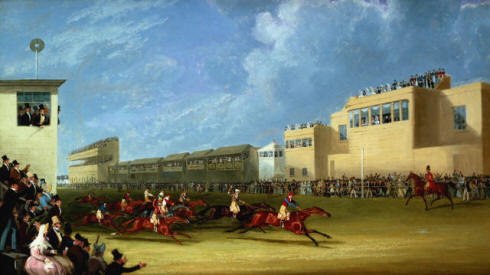
The first four day meeting took place in 1768, but the Royal Ascot we know today has been established over time, namely by the introduction of the Gold Cup, the most prominent race of the third day of Royal Ascot in 1807. Traditionally the busiest day of the week, the third day of Royal Ascot has also been known informally as ‘Ladies Day’ since the early nineteenth century. Whilst there is no other reason for this than the popular races of day three attracting the biggest crowds, and as a consequence greater numbers of ladies, today ‘Ladies Day’ has become known as the day to wow the crowds with avant garde hats and outfits (which often become more newsworthy than the races themselves!). Ladies Day’ has even been adopted by many other racecourses as an opportunity to attract a female audience.
ADVERTISEMENT
Every year, winning owners of the Gold Cup are presented with a gold trophy, traditionally by the ruling Monarch, which is theirs to keep. The same is true for the Queen’s Vase, which was introduced in 1838 in commemoration of the coronation of Queen Victoria the previous year, and the Royal Hunt Cup, which was introduced in 1843. Winning owners of the remaining races are presented with a Challenge Trophy, which is returned to Ascot to be presented to their successor the following year.
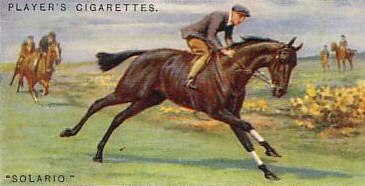
The Royal Enclosure
There are three enclosures available to guests during Royal Ascot. These include the Grandstand Admission – which stipulates a smart but informal dress code where hats are not mandatory – and the most casual of the three enclosures, the Silver Ring, to which no dress code applies other than the exclusion of bare chests (presumably both male and female!) at any time.
The third area, called the Royal Enclosure, is the most prestigious and is often frequented by the Queen and members of the Royal Family. Ascot has had a Royal Stand since the 1790s, when a Windsor builder named George Slingsby erected the first permanent building on the site. However, the Royal Enclosure that we are familiar with today was commissioned by King George IV in 1845 and access was restricted to those with a personal invitation from the King.
 Attendance to the Royal Enclosure was later opened up on an application basis, which was presided over by His Majesty’s representative. During his tenure as representative, Lord Churchill was said to have vetted applications personally, with three separate trays for applications marked ‘Certainly’ ‘Perhaps’ and ‘Certainly Not.’ Lord Churchill took his job very seriously and was said to roam the Royal Enclosure challenging any visitors he didn’t recognise and was even granted permission to view the Divorce Registry, since those who appeared on the Registry in the early nineteenth century were refused admittance to the Royal Enclosure.
Attendance to the Royal Enclosure was later opened up on an application basis, which was presided over by His Majesty’s representative. During his tenure as representative, Lord Churchill was said to have vetted applications personally, with three separate trays for applications marked ‘Certainly’ ‘Perhaps’ and ‘Certainly Not.’ Lord Churchill took his job very seriously and was said to roam the Royal Enclosure challenging any visitors he didn’t recognise and was even granted permission to view the Divorce Registry, since those who appeared on the Registry in the early nineteenth century were refused admittance to the Royal Enclosure.
Today the selection process is not quite as stringent but those who wish to use the Royal Enclosure must secure sponsorship from a member who has attended the enclosure for at least four years before an application for an entrance badge is considered.
As you may expect, the dress code for the Royal Enclosure is suitably formal and keenly enforced – those who do not comply will be asked to leave and have their badges withdrawn. Today’s dress code of morning suits, formal day dresses and hats dates back to the glamorous Regency era, where the fashion for fitted, full length suits with elaborate neck ties (such as the eponymous ‘ascot tie’) was established by Beau Brummell (1778 – 1840), close friend of the Prince Regent and fashion critic of his day. Whilst periods of national austerity and mourning (such as the death of Prince Edward VII in 1910) have led to more subdued attire, the importance of Ascot tradition is most clearly evident in the outfits of those who attend.
